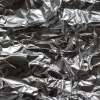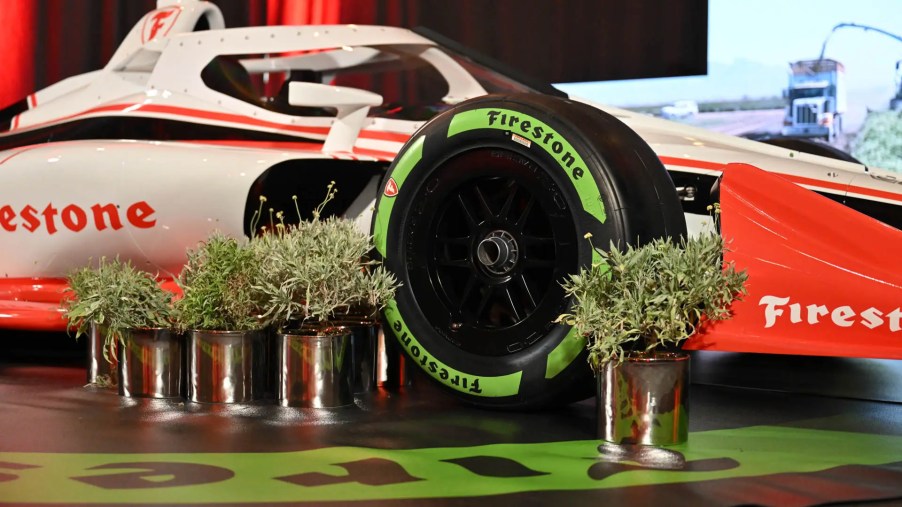
Sustainable Rubber For IndyCar Tires Made From AZ Desert Shrubs
The EPA and other agencies are taking a hard look at the polluting effects of tires. Tires are considered a major source of air pollution from the microscopic particles scrubbed off in daily use. And then there’s the problem of what to do with them once they’re no longer usable. So Bridgestone, which owns Firestone Tire, is showcasing its green alternate IndyCar racing tire. The racing tires have sidewalls made of rubber processed from sustainably sourced desert shrubs called guayule.
First and foremost, naysayers are already complaining that marauding rubber plunderers will be raging through the Arizona desert like Mad Max in real life. Remember that the Department of the Interior protects desert environs. This is about the sustainability and quick reproduction of a new source of rubber that can be farm-grown and harvested in hot, arid environments. And it happens to be prolific in places like the Arizona desert. But it would be illegal to drop harvesters into the middle of a desert and start whacking away on shrubs.
Upsides and downsides to the rubber used in these IndyCar tires
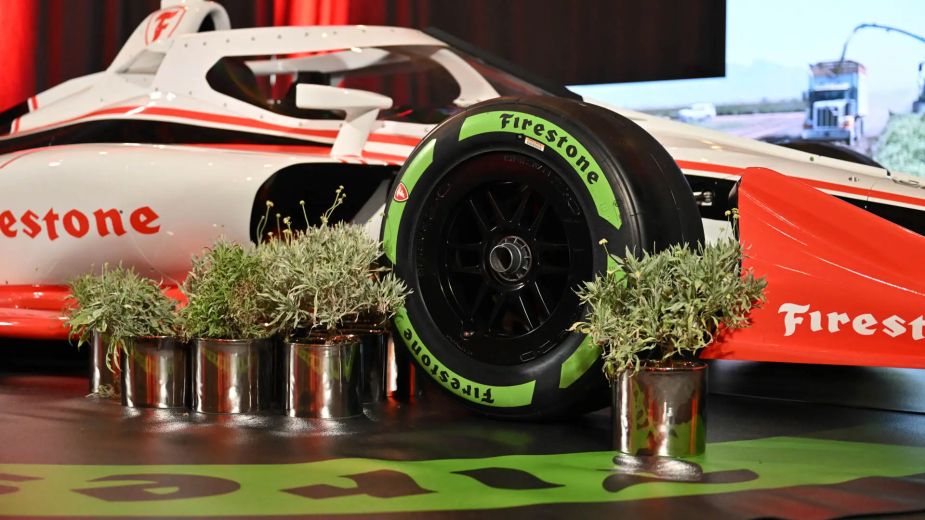
OK, then, U.S. deserts and northern Mexico are where the evergreen guayule shrub grows. Natural rubber is extracted from the shrub. And that rubber is similar to that of the para rubber trees. The most commonly harvested natural rubber comes from the para. There are both upsides and downsides to the process.
The crops can be grown in harsh environments quickly. They’re also easily cultivated and sourced in the U.S., which saves on emissions from shipping costs. But the downside is that the extraction process is more extensive than that of the para.
Most natural rubber for tires comes from Asia and South America
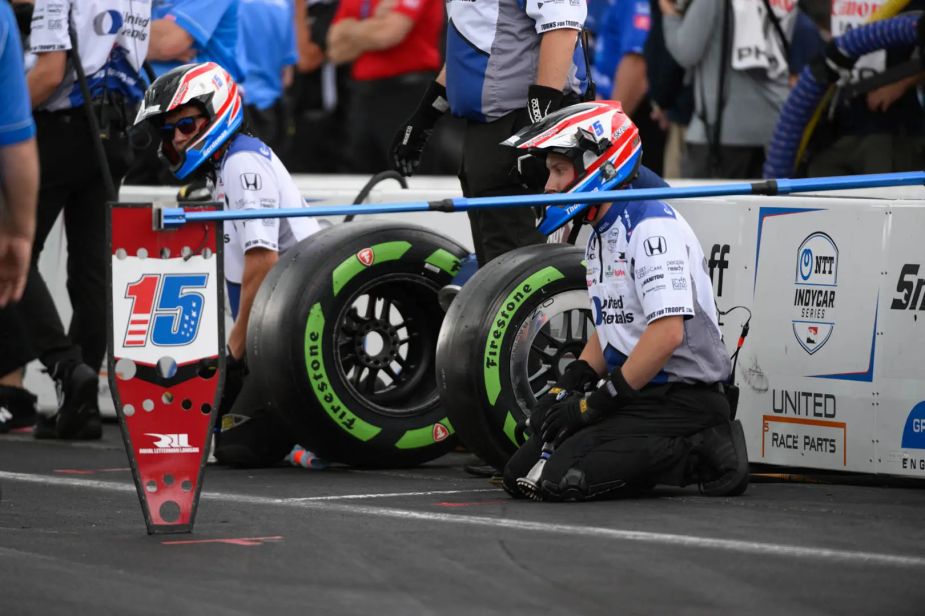
Firestone’s Firehawk tire will be the first racing tire made from guayule to race in motorsports history. “The introduction of guayule natural rubber to America’s preeminent open-wheel racing series speaks to the confidence we have in the technology and its potential as a scalable, sustainable and domestic source of natural rubber-a vital raw material,” said Nizar Trigui, Bridgestone’s chief technology officer. “This milestone represents our commitment to realizing a more sustainable future for tires, racing, and mobility.”
There will be farming advantages to cultivating guayule as well. Current row-crop farming equipment will work as is, so no extra modifications or machinery is necessary. Right now, most natural rubber comes from Asia and South America.
Racers are environmentally conscious too
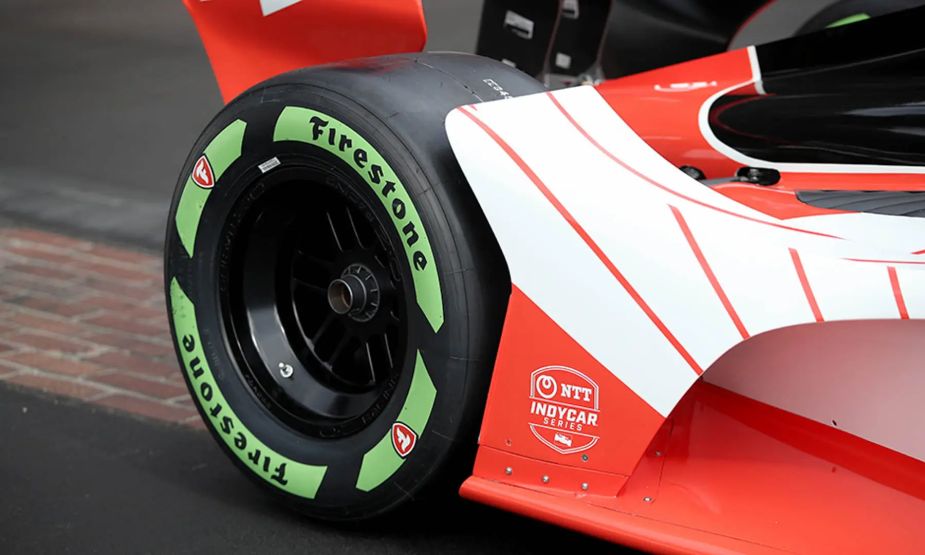
By showcasing it in a racing series like IndyCar, it spreads the word and educates racing enthusiasts about Bridgestone’s ongoing efforts to advance renewable and sustainable products. So when Aunt Harriet complains at Thanksgiving dinner about racing polluting the world, you can counter with this nugget and eat in peace.


